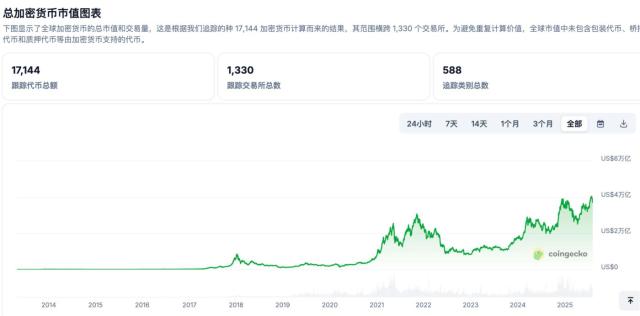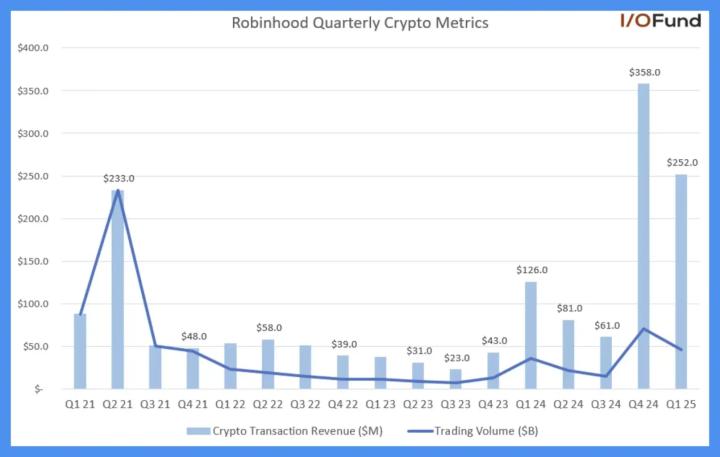Author: Zz, ChainCatcher
Ethereum treasury strategy company The Ether Machine (hereinafter referred to as ETHM) announced on August 4 that it has acquired an additional 10,605 ETH, raising its total Ethereum holdings to 345,362 tokens, valued at approximately $1.27 billion. This is the company's second large-scale acquisition within less than half a month of going public.
As a company focused on Ethereum investment, ETHM announced in July its plan to list on Nasdaq, with an initial plan of 400,000 ETH, with a market value of nearly $1.6 billion. At the end of July, the company had already made an acquisition of 15,000 tokens.
The Ether Machine's aggressive expansion comes at a critical time when multiple listed companies are competing to purchase ETH. With an increasingly clear regulatory framework, more and more listed companies are incorporating ETH into their asset allocation.
With $1.6 billion in ammunition, entering the Ethereum DAT arms race
The Ethereum treasury track has become a battleground for institutions. ETHM's listing has completely ignited this race - in just two weeks, the entire track's landscape has undergone earth-shattering changes.
According to official reports, on July 21 when ETHM announced its listing, BitMine and SharpLink's ETH reserves were only 300,000 and 280,000 tokens respectively, both lower than ETHM's initial planned scale of 400,000 tokens. However, by August 5, BitMine's holdings had soared to 833,000 tokens (market value of $3 billion), an increase of 177%, taking the lead; SharpLink was not to be outdone, with Nansen on-chain data showing its reserves had reached 498,000 tokens (market value of $1.8 billion), an increase of 78%, ranking second, and publicly announcing its goal to reach 1 million tokens. Even former Bitcoin miner Bit Digital has urgently shifted, accumulating 120,000 ETH.
[The rest of the translation follows the same professional and precise approach, maintaining the specific terminology as instructed.]4 Key Operators Behind the Giant
The "Ethereum Avengers" - when the chairman of The Ether Machine uses this term to describe the team, it is not a joke. These "Avengers" with deep backgrounds are trying to reshape the landscape of institutional crypto investment.
The story begins with ConsenSys, the "crucible" of the Ethereum ecosystem. It was there that Andrew Keys and David Merin first met. At the time, they could not have anticipated that they would be deeply connected with top global financial institutions.
In 2017, during the "crypto winter" after the ICO bubble burst, the entire industry was permeated with despair. At a time when everyone was fleeing, Andrew Keys was determined to knock on the doors of Microsoft and JPMorgan with Ethereum.
"They looked at Andrew Keys as if he were a madman selling a perpetual motion machine."
But he did not give up. After repeated rejections and explanations, suspicion gradually turned into curiosity. Eventually, he founded the Enterprise Ethereum Alliance (EEA), bringing the word "Ethereum" into the conference rooms of the world's top 500 companies for the first time.
Meanwhile, David Merin drove business transformation within ConsenSys, leading over $700 million in financing and acquisitions.
In countless late-night discussions, they realized that between traditional finance and the crypto world, there was not just prejudice, but a real compliance gap.
"Numerous institutions are interested in Ethereum, but ultimately stop due to a lack of credible investment tools."
This pain point prompted them to make a bold decision: no longer just being "evangelists", but to personally create a regulated financial vehicle.
Keys' first move shocked everyone - he used over $600 million worth of personal ETH as initial investment. "If I don't believe in it myself, how can I make others believe?"
His all-in attitude showed his determination. In a later CNBC interview, he clearly stated: "I would rather have an iPhone than a landline." This analogy perfectly explained why he was betting only on Ethereum.
Next, the team assembled. They found Darius Przydzial, a "double agent" who had managed traditional risks at Fortress and was a core contributor to the DeFi protocol Synthetix. His task was clear: to strike gold in DeFi's wild west while keeping himself alive.
For technical security, Tim Lowe, with twenty years of banking-level system experience, joined the team. Finally, the arrival of PayPal director and former Icahn Capital executive Jonathan Christodoro provided the ultimate endorsement for the company's governance structure.
The team was not smooth sailing internally. The traditional finance faction advocated conservatism, while the crypto native faction leaned towards radical innovation. After countless unproductive meeting debates, Keys made the final call: "We are not choosing sides, but becoming a bridge connecting both sides."
This sentence became the unchanging core philosophy of The Ether Machine.
Vitalik's Call: We Should Not Pursue Institutional Capital at Full Speed
If the idealism represented by the Ethereum Foundation, focusing on technology and community, constituted ETH's first lifeline, what we are witnessing now is the natural evolution and handover of this lifeline: as EF gives way to capital, ETH's second lifeline has already begun.
This new lifeline may not deviate from the original intention, but will undoubtedly take Ethereum into more complex deep waters. The question is, in this process, what will Ethereum become? What risks will it face?
The first is technical risk: smart contract vulnerabilities, potential slashing that could cause 100% ETH loss, plus a weeks-long unlock period making liquidity a luxury. When a single entity controls a large amount of ETH, are we strengthening Ethereum or changing its essence?
Subsequently, community opinions showed clear divergence. A comment from @azuroprotocol precisely captured this anxiety: from "building a decentralized Ethereum" to "selling 400,000 ETH to enterprises", ultimately evolving into "Web3 becoming Wall Street 2.0".
Even Vitalik once issued a warning: "We should not pursue large institutional capital at full speed." Now, with 70% of staked ETH concentrated in a few pools, is his concern becoming reality?
Meanwhile, "@agentic_t" bluntly exposed the community's core dilemma: "When prices rise, who cares about decentralization?" The 4%-5.5% staking yield seems attractive, but history tells us that all excess returns will eventually be arbitraged away.
Similarly, although Keys believes Ethereum has become the biggest beneficiary of the GENIUS Act, and the regulatory spring seems to have arrived, what about after spring? When policy winds change, might these institutionalization efforts become regulatory targets?
A Sign of Maturity or the End of Ideals?
Perhaps every successful technology ultimately moves towards institutionalization. The internet, mobile payments, and social media have all gone through this process.
As Ethereum transforms from idealists' experiment to an investment product for Wall Street, is this a sign of maturity or a betrayal of its original intention?
Time will provide the answer.






